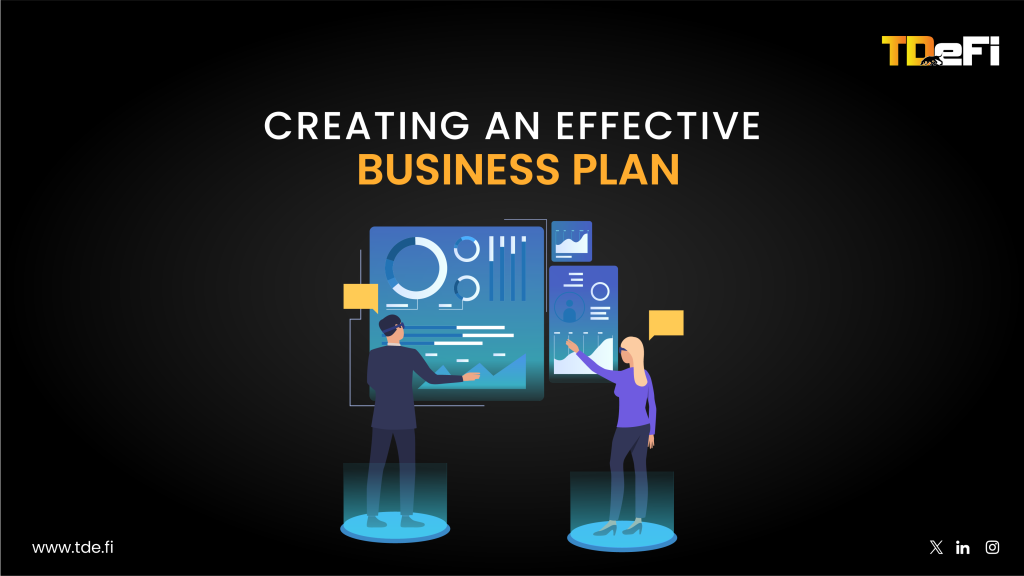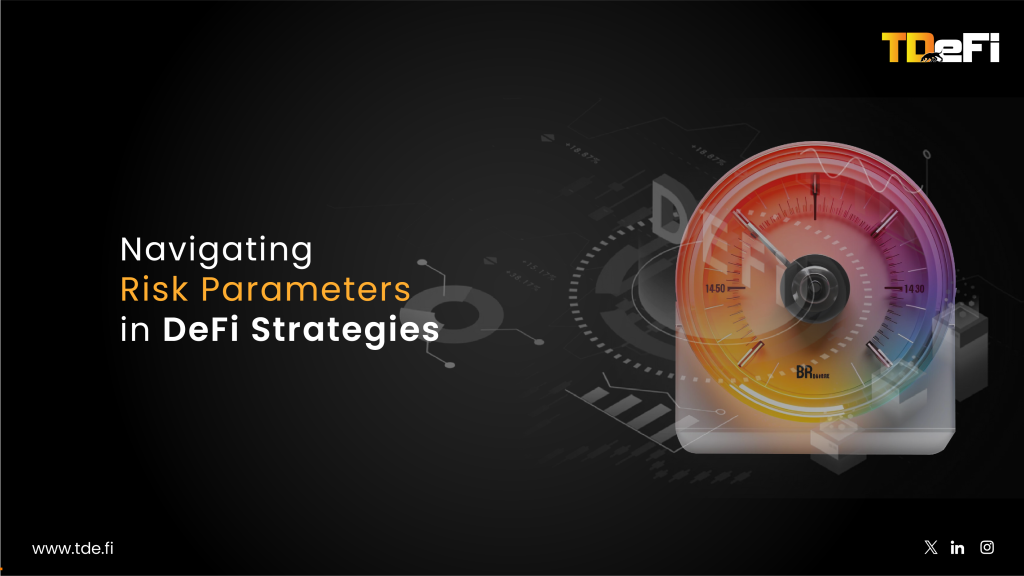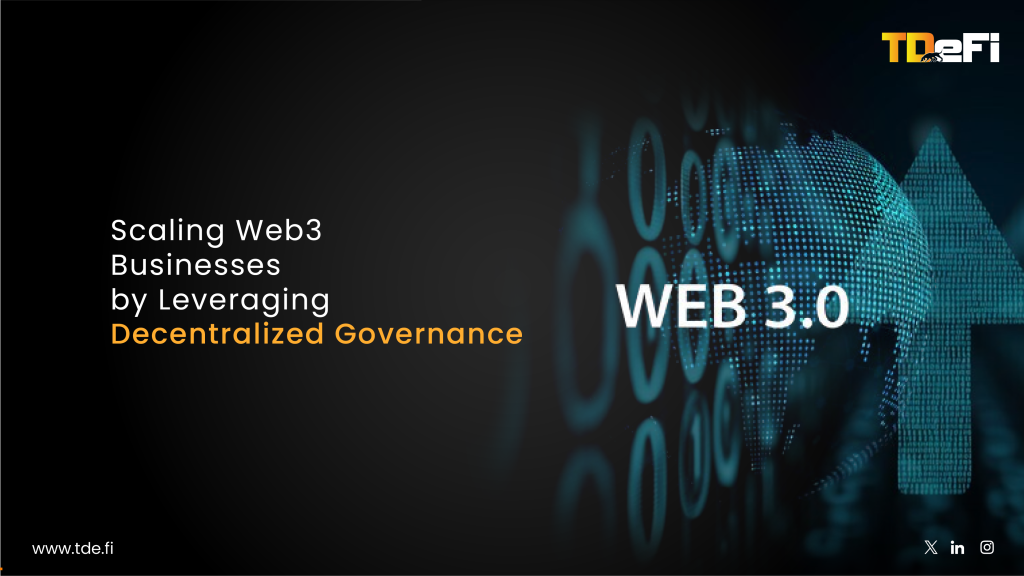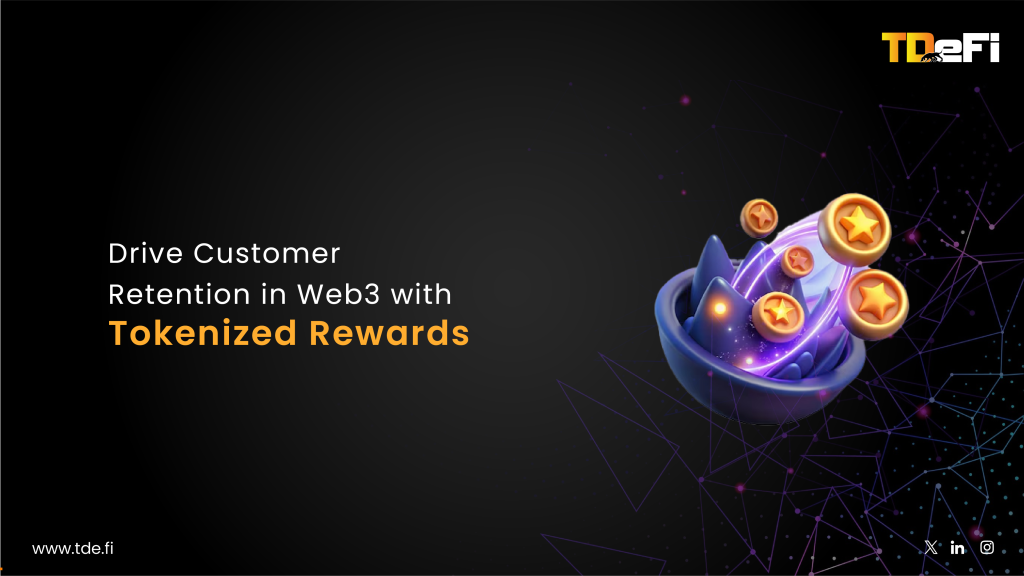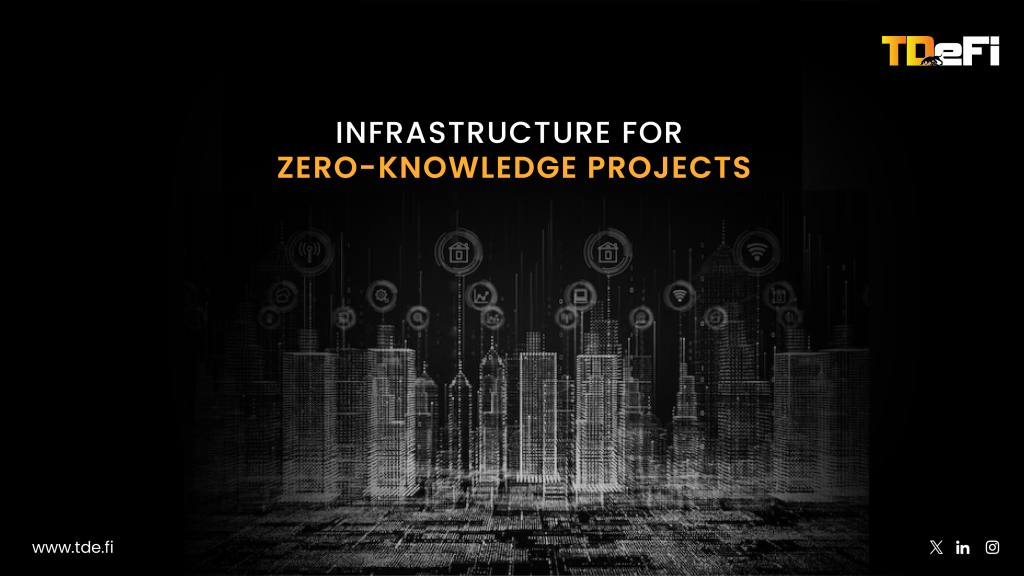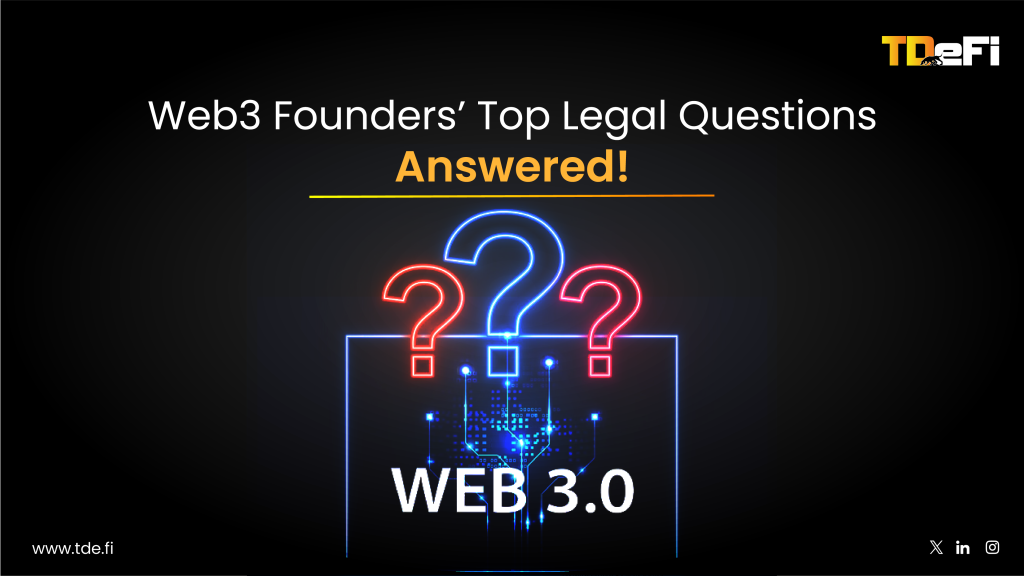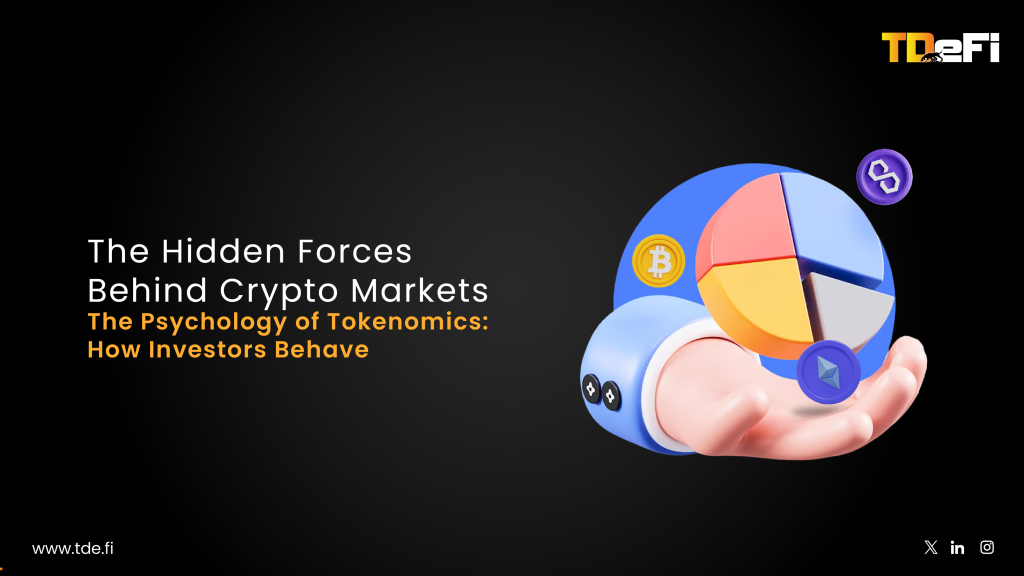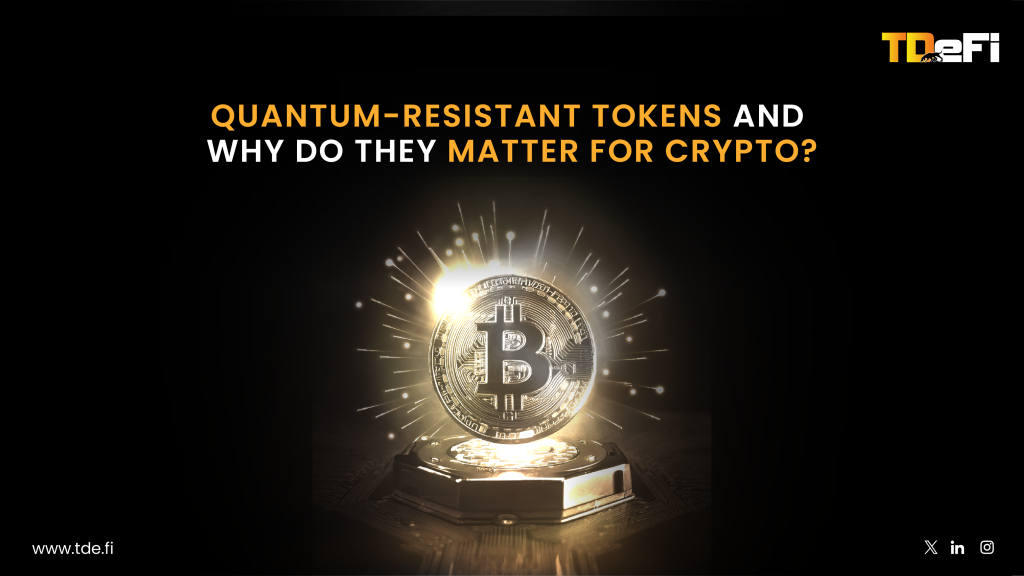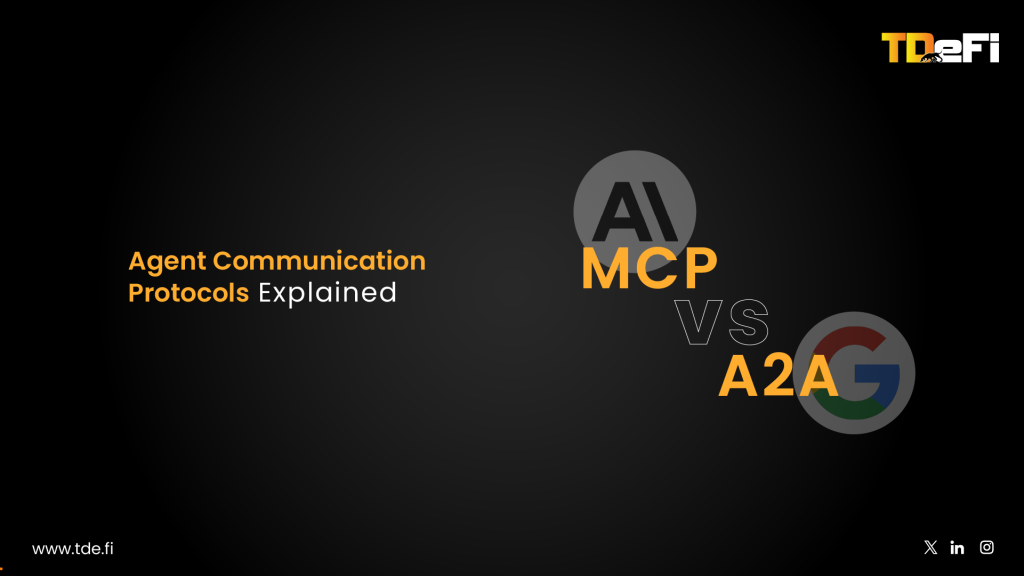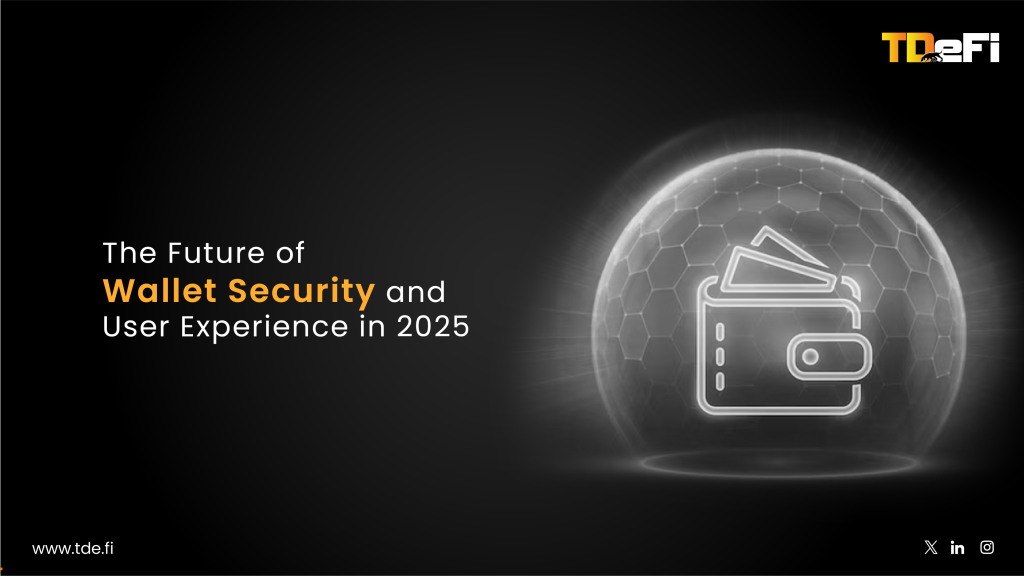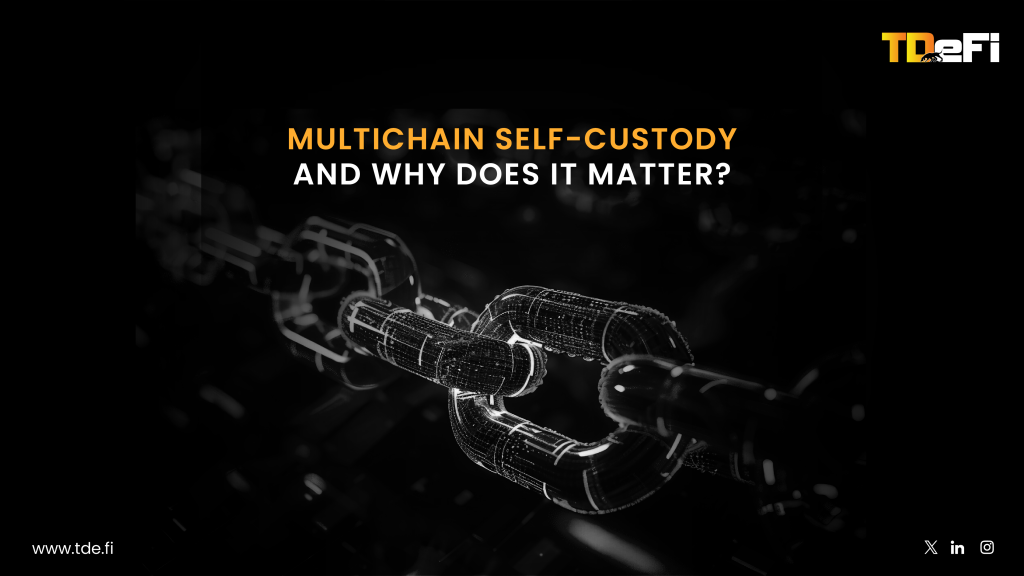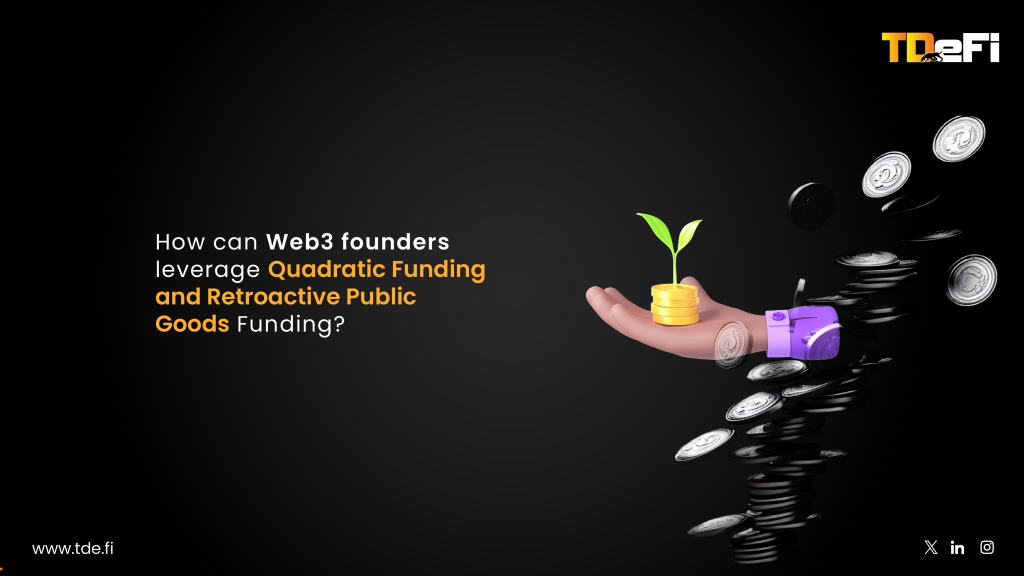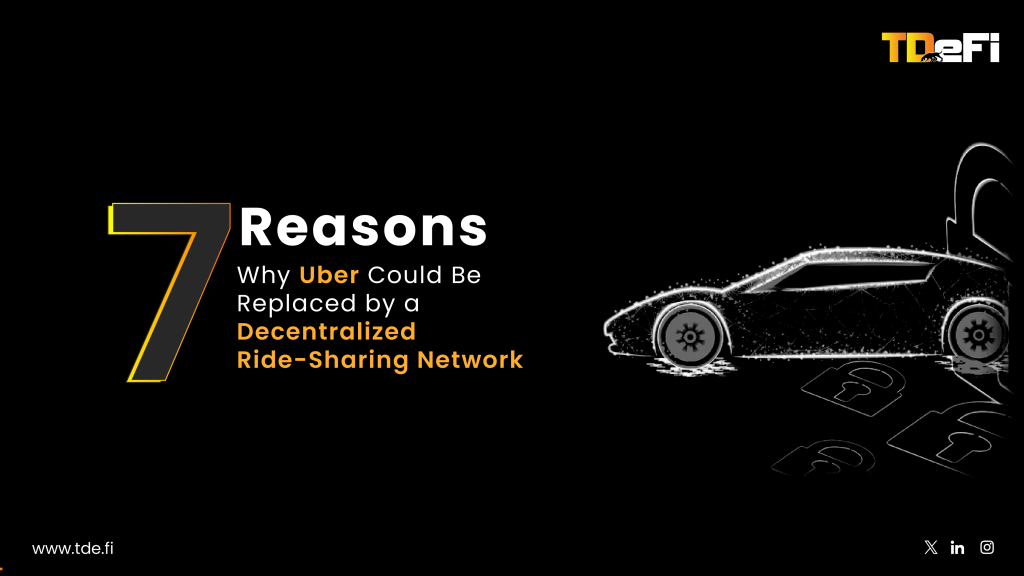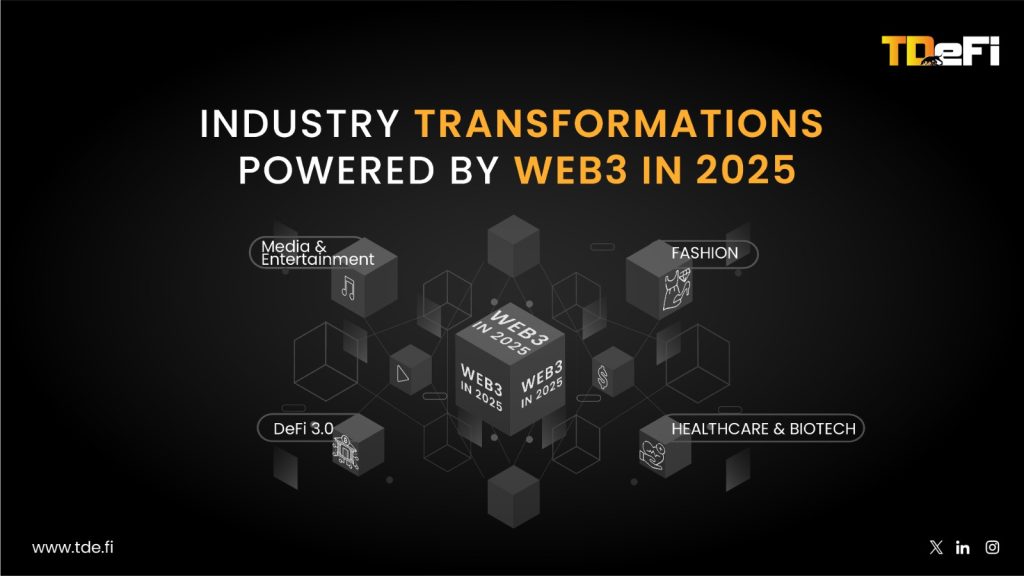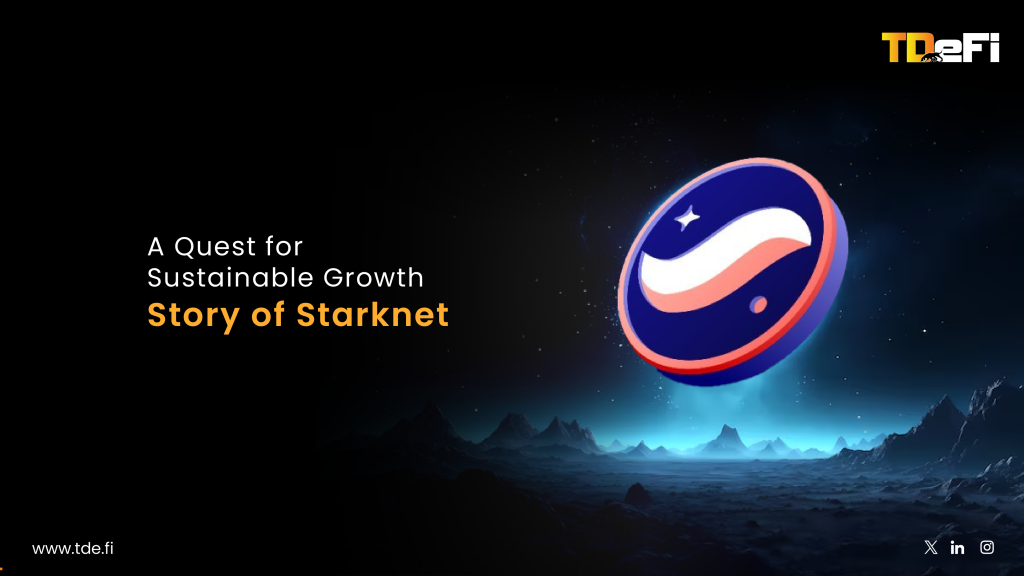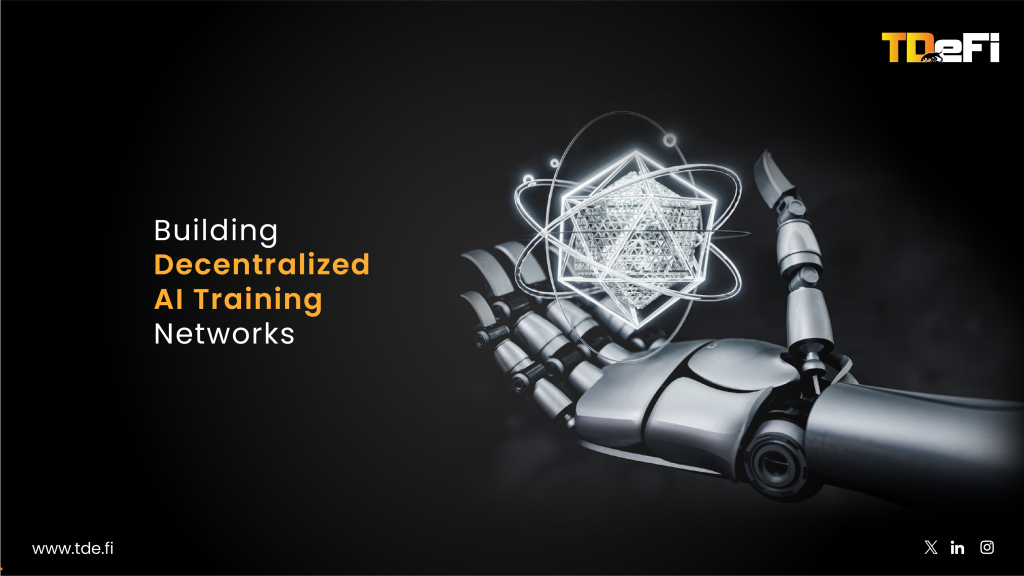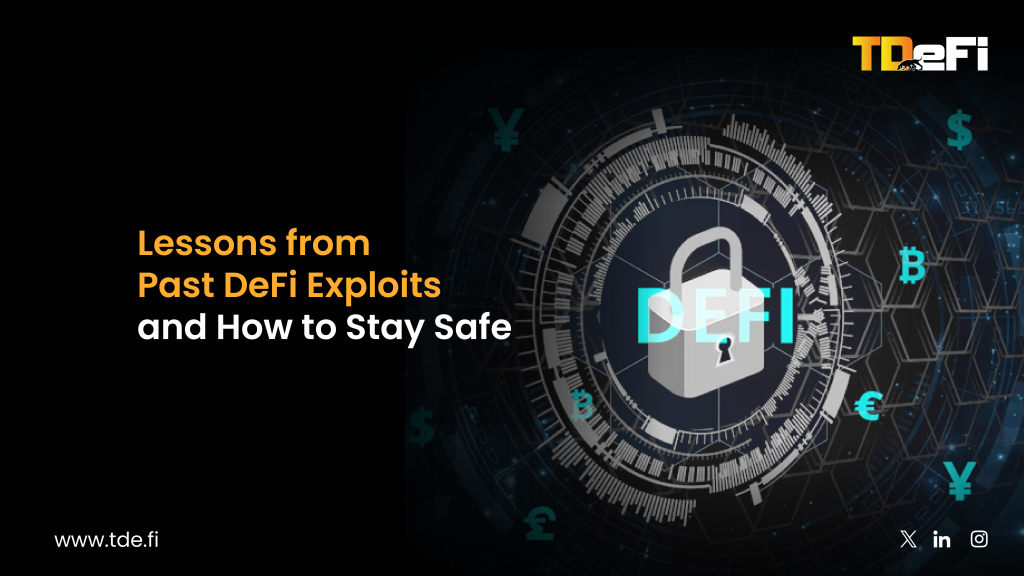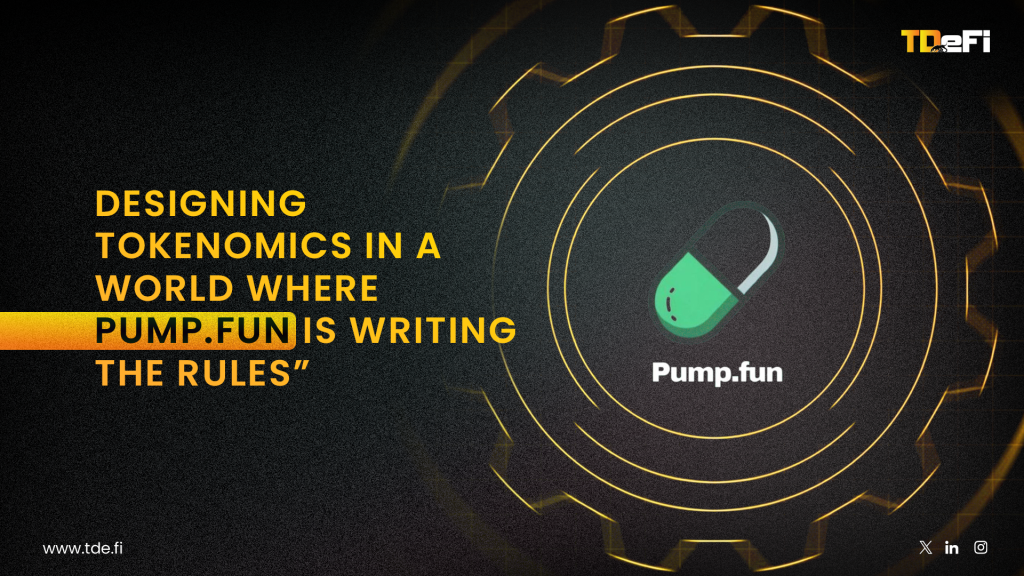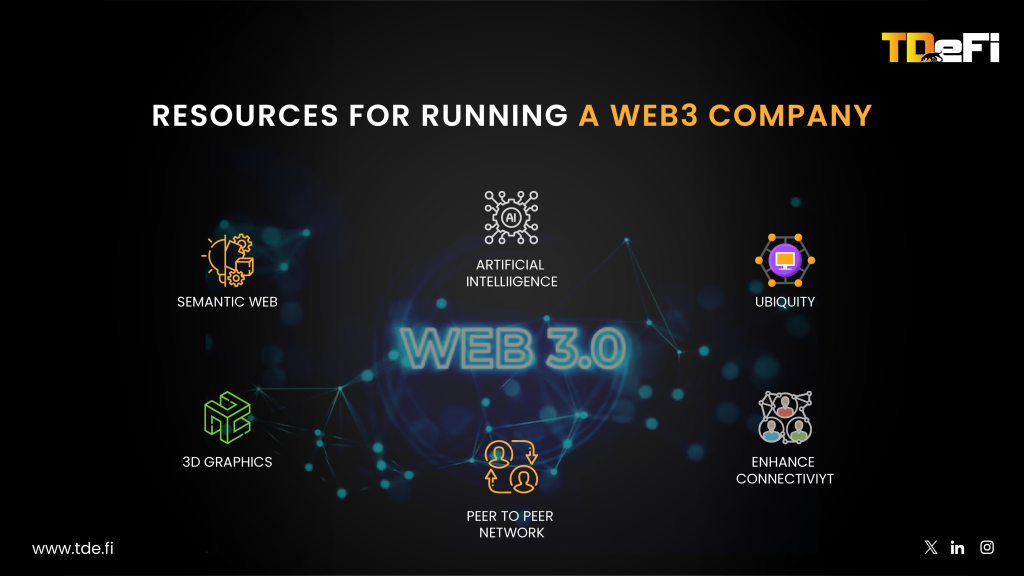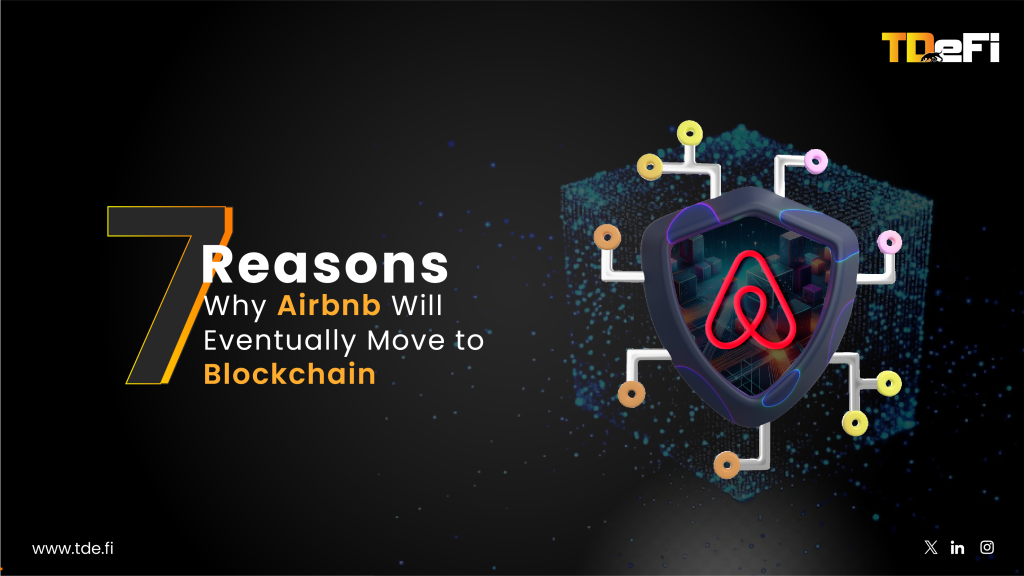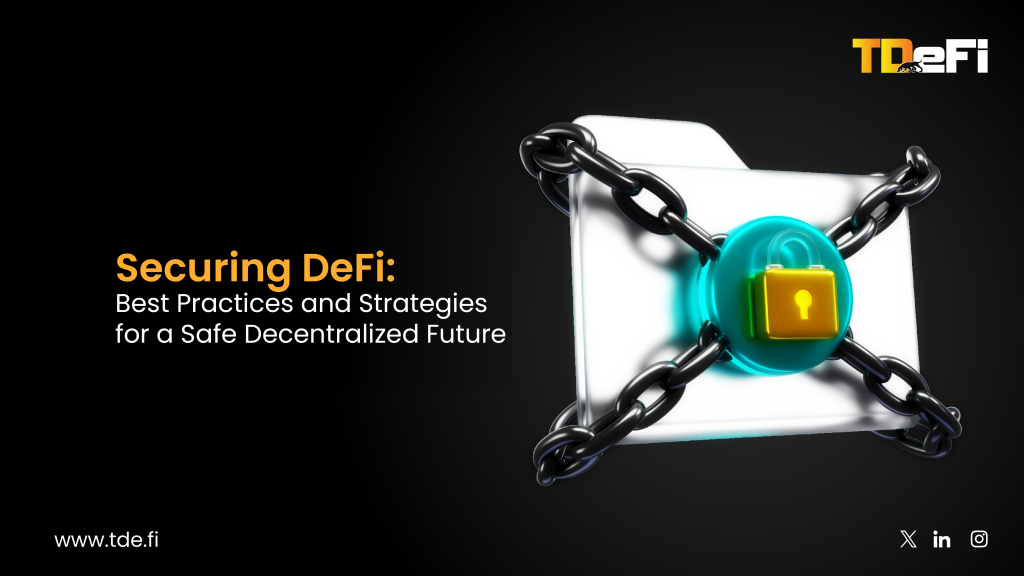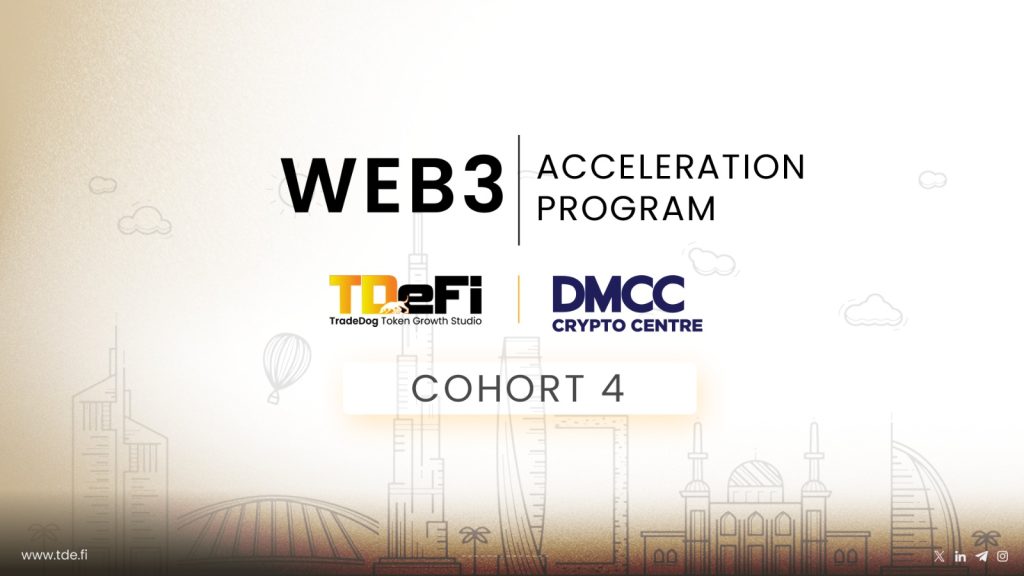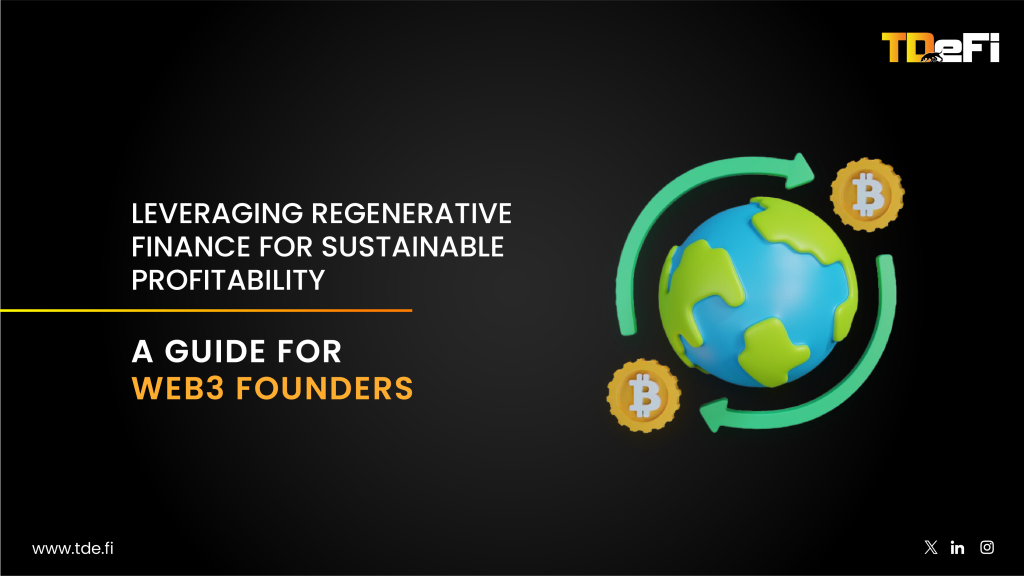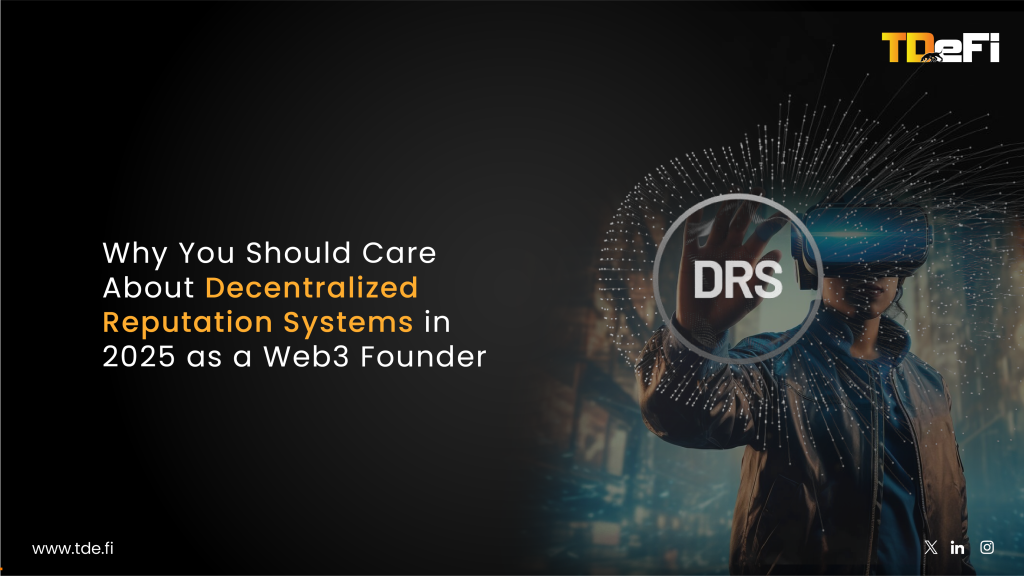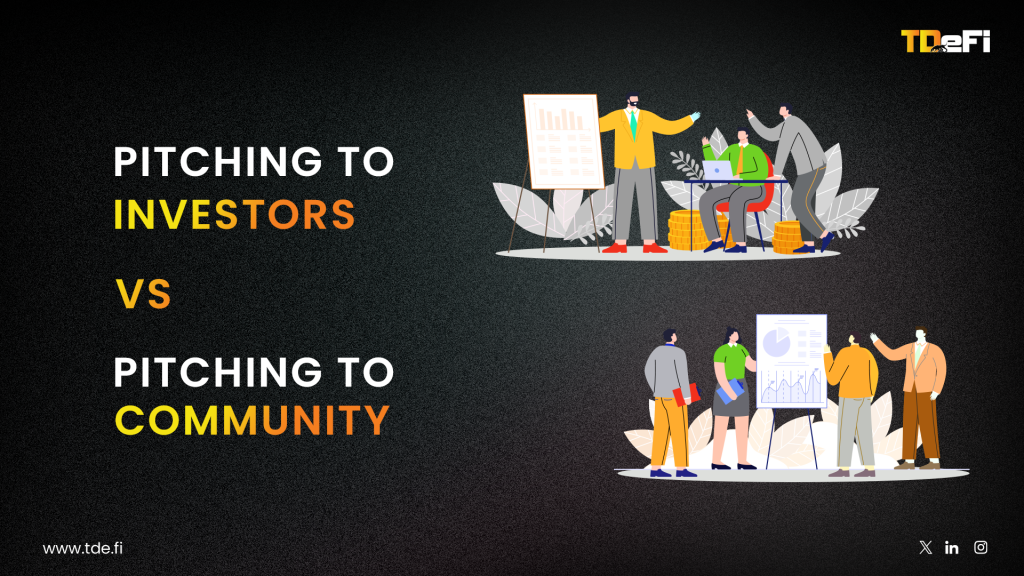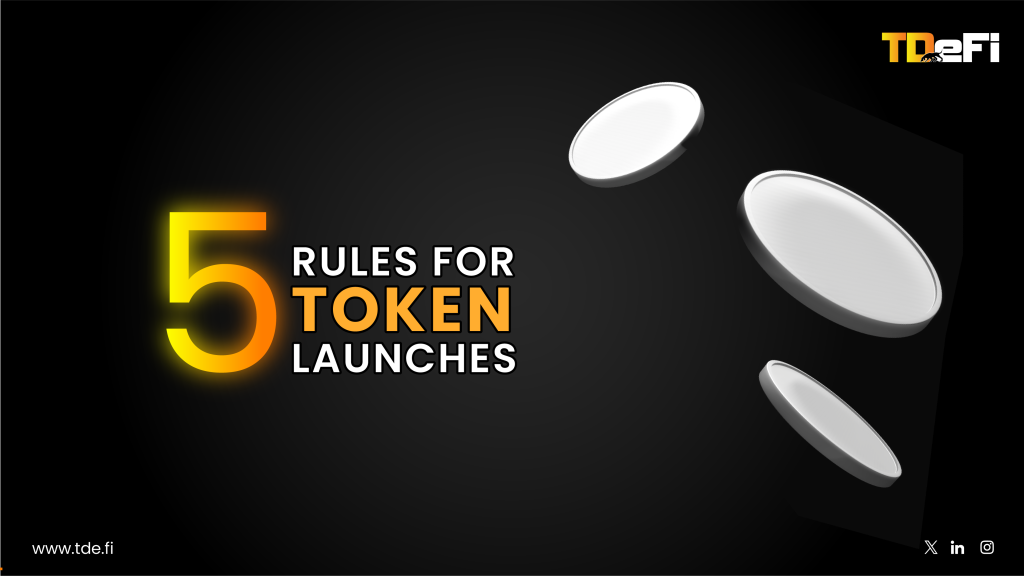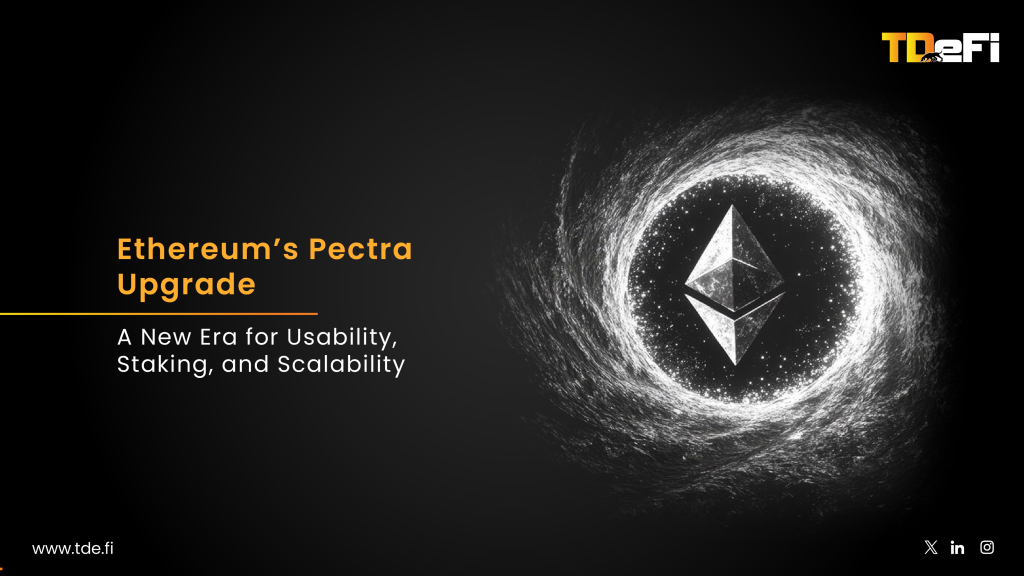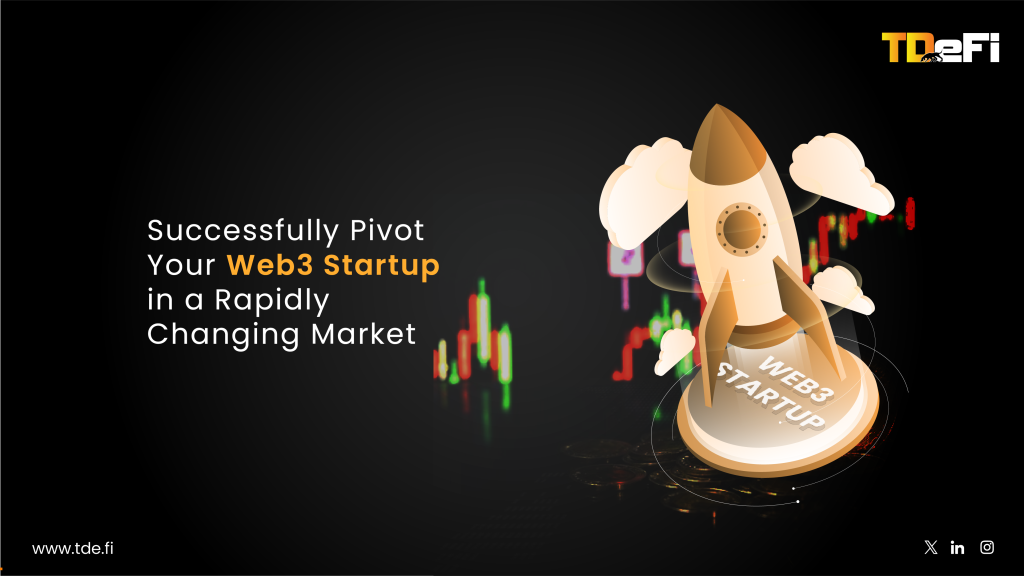TL;DR
Real-world asset (RWA) tokenization is a tectonic shift in how value is created, owned, and transferred on-chain. From private credit and U.S. Treasuries to carbon credits and real estate, Web3 founders are finding new ways to monetize traditionally illiquid markets. This blog throws light on how founders can leverage RWA tokenization to build strong, recurring revenue streams—backed by liquidity, regulatory resilience, and institutional interest. We’ll explore proven protocols, emerging business models, regulatory watchpoints, and practical frameworks to operationalize RWA monetization in your Web3 stack.
Introduction
Web3 has matured past speculation. Protocols built solely on yield farming and inflationary tokens are burning out. Meanwhile, founders who integrate real-world assets into their on-chain ecosystems are creating sustainable, diversified revenue streams while unlocking access to trillions in dormant capital.
As a Web3 founder in 2025, you’ve seen the cycles—NFT booms, DeFi summer, L2 wars, even the meme coin resurgence. But let’s talk long-term. If you’re building to last, there’s one word you can’t ignore anymore: Real-World Assets.
RWA tokenization is not hype. It’s product-market fit with traditional finance. It’s about converting assets like U.S. Treasuries, invoices, real estate, and carbon credits into on-chain tokens—making them tradable, divisible, programmable, and liquid.
Why does this matter to you as a founder?
Because RWAs offer you more than narrative—they offer actual cash flow, predictable yield, and bridges to regulated capital. And if you’re not building with this in mind, someone else will tokenize your TAM and own your user base.
What Is RWA Tokenization (And Why Should You Care)?
At its core, RWA tokenization means taking tangible, off-chain assets and representing them digitally on a blockchain. Each token represents a claim to an actual, legally-enforceable asset or yield stream.
This is not just “putting stuff on-chain”. It’s an entirely new financial stack that allows:
- Fractional ownership of illiquid assets (e.g., real estate)
- Global access to high-yield instruments (e.g., Treasury bills)
- Automated payments and governance via smart contracts
- 24/7 trading of assets that were once bound by regional financial infrastructure
How Founders Can Turn Assets into Revenue
Building on RWAs isn’t about creating synthetic tokens for the sake of it. It’s about architecting systems of value accrual—products that plug users into yields, utility, and outcomes that feel as tangible as the assets behind them.
1. Yield-Generating Tokenized Vaults
What is it?
Offer access to real-world yields (e.g., U.S. Treasuries, corporate bonds, tokenized invoices) via asset-backed tokens or vaults.
How you make money:
- Management fees (e.g., 1-2% AUM)
- Performance fees on generated yield
- Treasury deployment into LP strategies or lending pools
Example:
- Ondo Finance launched USDY, a token backed by short-term U.S. Treasuries, offering up to 5% APY. Ondo monetizes by charging fees on AUM and attracting institutional TVL seeking regulated exposure.
- Maple Finance pivoted into private credit RWAs, enabling undercollateralized loans to fintechs with high returns—and they capture origination and interest spread.
Founders don’t need a license to tokenize. Partner with regulated custodians (e.g., Securitize, Anchorage) to handle asset custody and legal wrappering, while you build the on-chain experience and UX layer.
2. Lending Protocols Backed by Real Collateral
What is it?
Build a protocol where users deposit tokenized RWAs as collateral to borrow stablecoins or other liquid assets.
How you make money:
- Origination fees
- Interest spreads
- Liquidation fees
Example: Centrifuge powers RWA collateral for MakerDAO. They onboard asset originators (like real estate firms or invoice financiers) who mint asset-backed tokens that can be used as collateral.
Goldfinch enables real-world lending without crypto collateral. It charges protocol fees on loans made through its decentralized credit infrastructure.
Founders will need underwriting models to assess off-chain creditworthiness. Start with simple metrics and overcollateralization before moving to undercollateralized structures.
3. Liquidity Layer for Tokenized RWAs
What is it?
Create an exchange, AMM, or marketplace that brings secondary liquidity to tokenized real-world assets.
How you make money:
- Trading fees (e.g., 0.3% per swap)
- Spread capture
- Listing & market-making fees from issuers
Example: Boson Protocol tokenizes real-world commerce via NFTs that represent physical products and services.
RealT offers tokenized real estate with tradable ERC20 tokens on platforms like Uniswap. They monetize on spread, rental income, and asset management fees.
4. Infrastructure Layer: Compliance as a Service
What is it?
Provide KYC, legal structuring, or jurisdictional compliance infra for RWA token issuers.
How you make money:
- Per issuance fees
- KYC/KYB onboarding charges
- Compliance API subscriptions
Example: Securitize provides end-to-end issuance tools for security tokens, handling investor onboarding, legal wrappers, and reporting.
Tokeny focuses on compliant issuance of tokenized securities in the EU and UAE, and powers platforms like AXA’s tokenized bond issuance.
5. RWA-Backed Stablecoins or Cash Equivalents
What is it?
Launch a stablecoin or cash token backed by real assets (Treasuries, short-term bonds, etc.) for payment or DeFi use.
How you make money:
- Float yield on underlying assets
- Transaction fees
- Network effects (liquidity mining, app integrations)
Example: Mountain Protocol’s USDM is fully backed by the U.S. Treasuries and generates yield while maintaining a $1 peg.
Ethena Labs recently exploded with USDe, backed by delta-neutral ETH positions and RWA reserves.
How Web3 Founders Can Build Scalable, Revenue-Generating Token Economies
In traditional finance, value is often siloed in paperwork, middlemen, and jurisdictional constraints. But with the rise of tokenized real-world assets (RWAs), founders now have the infrastructure to unlock and circulate that trapped value on-chain. And they can monetize it across multiple layers.
The RWA Flywheel is a powerful framework founders can use to build a compounding loop of trust, utility, and capital flow. It’s not just about bringing RWAs on-chain—it’s about building a full-stack business model around them.
Step 1: Asset Onboarding
Everything begins with sourcing credible, yield-bearing real-world assets. This could mean forging relationships with real estate brokers offering rental properties, or private credit platforms sitting on unsecuritized debt instruments. Founders entering this space need to think like asset aggregators, not just protocol builders.
Successful projects identify inefficiencies in traditional markets—slow settlements, opaque pricing, or capital inaccessibility—and plug in Web3 infrastructure as the solution. Asset onboarding must be paired with strong legal foundations: SPVs (special purpose vehicles), custodial agreements, and jurisdictional compliance. Partnering with regulated facilitators like Securitize or Tokeny is often the path to both scalability and credibility.
Step 2: Tokenization
Tokenization isn’t just about minting ERC-20s. It’s about choosing the right structure for the asset’s behavior. Will the token represent fractional ownership? Future cash flows? A yield-bearing vault?
Projects like Centrifuge offer open-source frameworks that founders can use to tokenize real-world receivables. Solidity-based modules from OpenZeppelin or custom vault architectures like ERC-4626 give founders flexibility in designing financial logic.
More importantly, the value of the token must be composable within the broader DeFi ecosystem. If your token can’t be staked, lent, or collateralized—it’s functionally limited, no matter how valuable the underlying asset may be.
Step 3: Distribution
Once assets are tokenized, the next challenge is to get them into the hands of users. And distribution is where most RWA projects either accelerate or stall.
There are four key segments to consider:
- Retail DeFi users looking for stable yield
- DAO treasuries searching for risk-adjusted diversification
- Institutional players constrained by regulations but hungry for innovation
- Fintech apps embedding yield products into neobanking experiences
Integrations with popular wallets (Rabby, Zerion), dashboards (DeBank, Zapper), and aggregators (Yearn, Idle Finance) are critical here. The product must not only exist—it must be visible, accessible, and attractive to liquidity providers who can amplify TVL and utility.
Step 4: Monetization
This is where founders begin to capture real value. Monetization in RWAs is more dynamic than in most DeFi products. It’s not just protocol fees; it’s an orchestration of multiple levers:
- Management fees on AUM (assets under management)
- Performance fees tied to yield distribution
- Origination fees for onboarding new asset partners
- Liquidity spreads from on-chain trading or secondary sales
- Compliance tooling fees for token issuers using your infrastructure
Revenue grows alongside TVL, but only if your protocol balances value capture with user alignment. Many founders fail here by over-extracting too early. Instead, leading RWA protocols like Ondo Finance or Maple Finance start lean and scale their monetization models as their user base matures.
Step 5: Reinforcement and Trust Loop
This is where the compounding begins.
As your platform proves transparency, delivers real yield, and builds liquidity, users reinvest. More users = more TVL. More TVL = better deals with asset originators. Better deals = higher yield. Higher yield = more users.
This flywheel feeds itself—but only if you constantly reinforce trust through transparency. Display on-chain portfolio metrics, proof-of-reserve audits, default risks, and earnings statements. Building a protocol is hard; building trust is harder. But the latter is what drives sustained, organic growth.
Building Sustainable RWA Revenue Streams
RWAs are not just another crypto narrative—they are a paradigm shift. But many founders enter the space without a clear monetization strategy or without understanding the regulatory weight tied to real-world value flows.
This playbook offers a clear, step-by-step guide to building a real business—not just launching another DeFi protocol.
Step 1: Target Real Markets With Real Inefficiencies
Founders need to look for financial bottlenecks where Web3 infra can drive actual efficiency.
Some of the most high-potential sectors today include:
- Real estate, where property tokenization can solve liquidity gaps
- Trade finance, where invoice tokenization helps SMEs access working capital
- Government bonds, where tokenized T-bills provide on-chain yield
- Environmental markets, where carbon credits are fragmented and opaque
The key is to serve both asset originators (who need liquidity) and investors (who need yield). This two-sided market design is what separates successful protocols from tokenized ghosts.
Step 2: Build Legal Infrastructure Before Launch
In RWA startups, compliance is not a feature—it’s the foundation. Founders often rush to mint tokens without proper jurisdictional setup, exposing themselves to regulatory takedowns.
The ideal setup includes:
- An SPV or legal wrapper (based in Cayman, Singapore, or Liechtenstein)
- Custodianship and escrow agreements with regulated entities
- Token issuance contracts linked to legally enforceable claims
- KYC/AML pipelines using vendors like Sumsub, Synaps, or Fractal
Notably, RWAs attract institutional capital—but only if compliance is airtight. Even crypto-native investors now demand legal clarity post-FTX.
Step 3: Design for Utility and Redeemability
RWA tokens must provide real economic rights—not just synthetic exposure.
Founders should design:
- Tokens that offer yield streams (like Maple’s pool tokens)
- Tokens that unlock access (e.g., to curated credit opportunities)
- Tokens that are redeemable or convertible back into fiat or native assets
- Mechanisms that incentivize holding, such as time-based boosts or governance perks
If the token doesn’t offer anything beyond trading, users will treat it like a yield-farming play—and that’s a death sentence for long-term viability.
Step 4: Go-to-Market Like a Fintech, Not a DeFi Degenerate
Your average RWA buyer might be a DAO treasury manager or a fintech CEO—not a meme trader on Base. Your UX, language, and documentation must reflect that.
Successful GTM playbooks include:
- Offering auto-rebalancing portfolios of tokenized T-bills
- Creating simplified vault dashboards with clear APY breakdowns
- Providing compliance reports and tax calculators for institutions
- Partnering with neobanks to offer yield-as-a-service
Distribution isn’t just marketing—it’s infrastructure. If your tokens aren’t showing up in the places where capital is aggregated, they won’t get adopted.
Step 5: Monetize with Purpose, Scale with Trust
You don’t need to reinvent monetization. Just adapt proven models:
- ETF-style fees (0.1–0.5% of AUM)
- Origination spreads on loans or credit lines
- Performance shares on yield earned
- Tooling fees for external issuers using your rails
As you scale, you can expand into structured products, indices, or yield vaults for enterprise clients. Many founders think monetization will come later—but RWA infrastructure is expensive. Monetization must be designed upfront to survive.
Closing Thoughts
Real-world asset tokenization isn’t just about bringing TradFi onto the blockchain. It’s about building infrastructure that enables permissionless access to yield, ownership, and trust—all while generating sustainable revenue.
Web3 founders who treat RWAs like a long-term business vertical—not a speculative narrative—stand to dominate the next evolution of decentralized finance.
At TDeFi, we help RWA founders go from whitepaper to real-world impact. From tokenomics and governance to regulatory navigation and liquidity bootstrapping, our full-stack incubation gives you the edge needed to win in a space where only the most compliant, most transparent, and most efficient protocols survive.
Ready to build a revenue engine for the next generation of global finance? Let’s talk.


